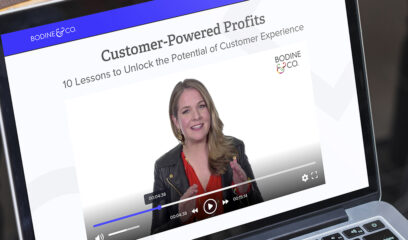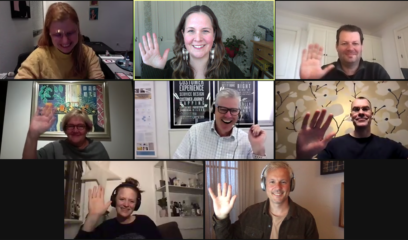In a recent post, I talked about the danger of making assumptions about your customers — and the importance of learning as much as you can about your customers’ real needs, desires, emotions, and expectations.
Quantitative data plays a role in this, of course. Website analytics will show you the paths that people navigate on your website. Survey data can reveal that customers who rated you, say, an “8” on cleanliness and a “9” on service are three times more likely to buy again. And big data might uncover correlations between in-store and online activity.
But quant data can only get you so far. That’s because no matter how much of it you amass, it will only tell you what your customers do. It will never tell you how exactly your customers think and feel or why they’re motivated to spend money with your brand. To discover why people do (or don’t do) things, you need to supplement quantitative data with qualitative insights.
So what makes qualitative research effective?
It’s open ended. In contrast to multiple-choice questions (which presume to know the complete breadth of possible answers), open-ended interview questions allow for endless possibilities, limited only by your research subjects’ attitudes and experiences. Good open ended questions start with phrases like, “Why…” and “Tell me about…” — and it’s in the vast sea of endless answers that you’ll discover nuanced insights about your customers’ lives.
It’s conducted in context. You can certainly have good conversations with your customers in a conference room or focus group facility. But whenever possible, plan to interview your customers in their natural environment — their homes or offices, the shopping mall, the airport, or wherever it is that they do business with you or perform tasks that are relevant to your industry.
It’s observational in nature. Traveling to where your customers are allows you to observe their actions and behaviors. This is important because what people say doesn’t always align with what they do. For example, you might find frozen pizzas in the kitchen of a person who tells you that they generally try to eat healthy —or see rambunctious children interrupting what a customer considers to be a “focused” bill-paying session.
Interviewees also tend to omit information that they deem to be unimportant. If you asked me how I brush my teeth, I might tell you how I flip open the tube of toothpaste, squeeze a certain amount on my brush, and attack my pearly whites from top to bottom. What I’d probably leave out is the fact that I wander around my house as I brush, attempting to take care of unfinished tasks with one hand. A keen observer would see this behavior as indicative of the competing priorities in my life, and that insight might lead to an innovative oral health product.
Qualitative research can feel a bit intimidating for marketers who are used to interacting with customers through surveys, spreadsheets, and dashboards. But savvy marketers will push themselves to shed their distance and develop deep customer insights through interviews and observational research.
The next trick is sharing those insights across the organization and, in turn, creating a shift in corporate culture. Stay tuned! This will be the subject of an upcoming post.




